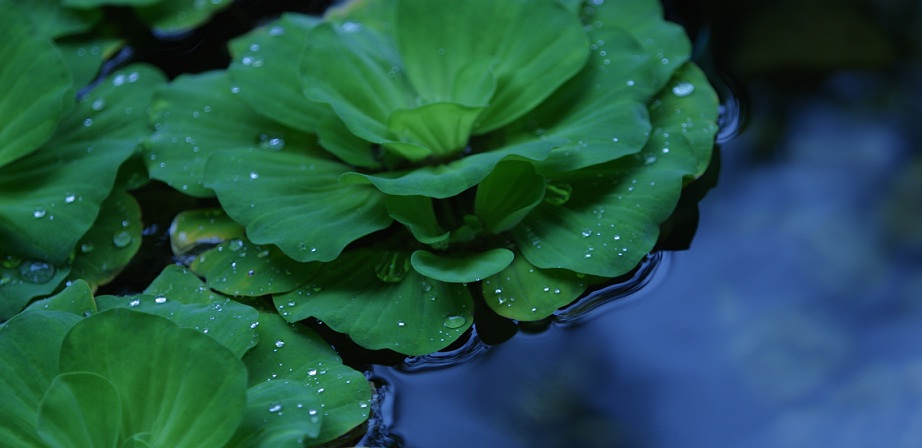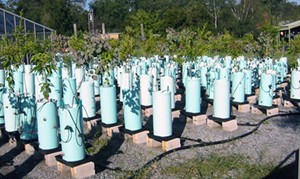 Despite increasing implementation of green infrastructure for stormwater management, information on its design, implementation, operation, and performance is limited. In July, the Science Policy Exchange, in cooperation with Syracuse University, released the report Green Infrastructure: Lessons from Science and Practice. The report is intended to help readers understand the strengths and limitations of green infrastructure.
Despite increasing implementation of green infrastructure for stormwater management, information on its design, implementation, operation, and performance is limited. In July, the Science Policy Exchange, in cooperation with Syracuse University, released the report Green Infrastructure: Lessons from Science and Practice. The report is intended to help readers understand the strengths and limitations of green infrastructure.
Researchers examined water quantity and quality performance data from peer-reviewed literature as well as a national database for eight common green infrastructure technologies, including porous pavement, bioretention, green roofs, grassed swales, constructed wetlands, media filters, and detention and retention ponds. Researchers analyzed the effectiveness of these practices at reducing stormwater volume in summer and winter and at reducing six common pollutants. Significant variation in practice performance among sites suggested that design, installation, and maintenance have immense importance.
Additionally, the researchers surveyed which factors affect municipal decision-making about green infrastructure. They found several elements aided green infrastructure adoption. These included
- strong local leadership and entrepreneurship,
- collaboration with multiple and diverse community groups and stakeholders,
- learning from the experiences of other communities, and
- consideration of social benefits.
In contrast, the most significant barriers included cost-effectiveness concerns, lack of interdepartmental coordination and funding, and inadequate technical capacity and expertise.





